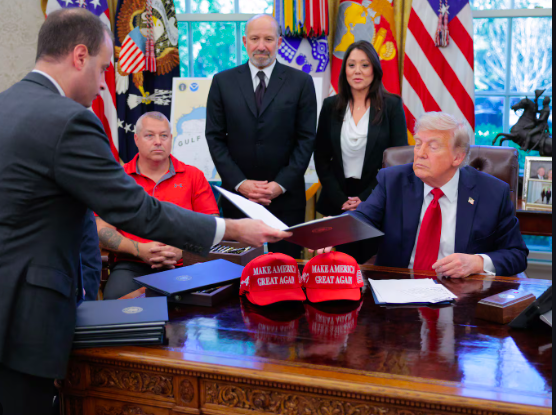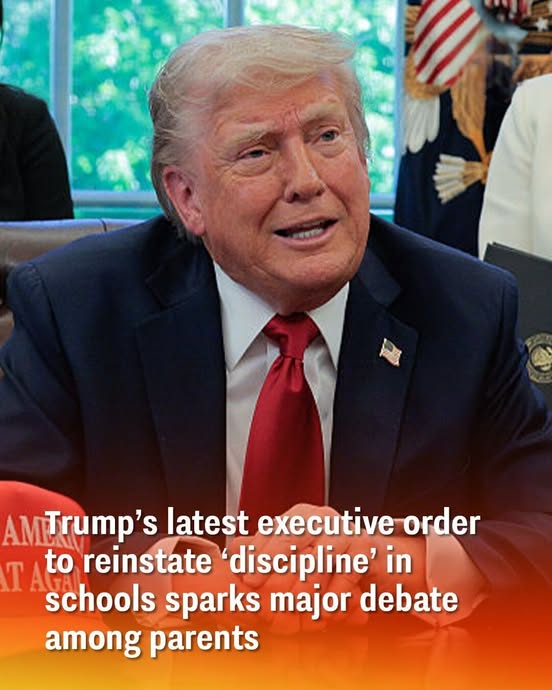Trump Signs Two Executive Orders Sparking Debate on Schools and Immigration…
In a bold move that’s drawing both praise and criticism, former President Donald Trump has signed two new executive orders—one reshaping how schools handle student discipline, and the other targeting sanctuary cities. The decisions have reignited deep national conversations about race, education, immigration, and the balance of federal and local authority.
A Shift in School Discipline Policy
The first order rolls back Obama-era guidelines meant to reduce racial disparities in school discipline. Those earlier reforms had encouraged schools to find alternatives to suspensions and expulsions, especially for students of color who were being disproportionately punished.

But Trump’s new directive argues that the federal government had overreached, making it harder for teachers and principals to keep classrooms safe. The order gives local educators more discretion, allowing them to suspend or expel students without pressure to consider racial statistics.
Critics warn that this move could reopen the door to what many call the “school-to-prison pipeline.” Civil rights groups say it removes protections for vulnerable students and could result in more young people—especially Black and Latino students—being pushed out of school and into the criminal justice system.
Crackdown on Sanctuary Cities
The second executive order aims squarely at sanctuary cities—jurisdictions that limit cooperation with federal immigration enforcement. Trump’s order not only calls for a nationwide list of these cities and states, but also threatens to cut off federal funding to them.

Supporters of the measure say it’s about restoring law and order and ensuring that local governments don’t stand in the way of enforcing immigration laws.
Opponents, however, argue that the order could have far-reaching consequences. Local officials say it punishes entire communities for trying to protect immigrant families, and legal experts question whether the federal government can legally withhold funding this way. They also fear the order could make immigrants less likely to report crimes or cooperate with police.
A Country at a Crossroads
These orders mark a return to policies that shaped much of Trump’s first term, reflecting his tough-on-crime, hardline immigration stance. But they also show how divided the nation remains on issues of race, justice, and who gets to make decisions for local communities.
What happens next will likely unfold in courtrooms and classrooms across the country. For now, the orders are already stirring strong emotions—from teachers and parents to immigrant families and civil rights groups—who are all asking the same thing: What kind of country are we building, and who gets to shape it?


